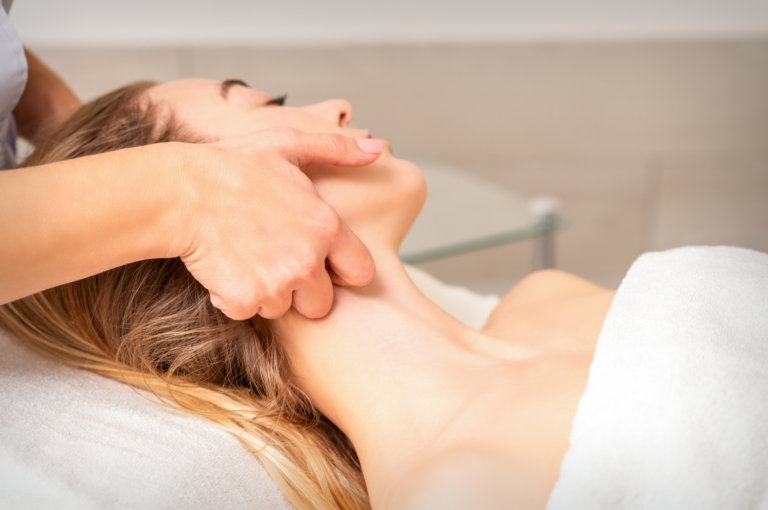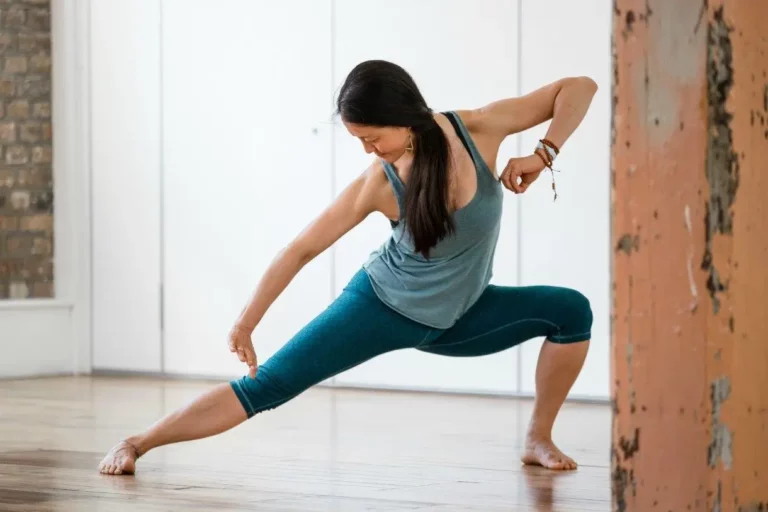When Tom Norrington-Davies discovered the life changing discipline of yoga, he was a chef, working long, irregular hours on his feet. He brings this experience to his ashtanga classes at triyoga, where he runs the Mysore programme in Chelsea – and he will be running a workshop for other chefs (and those in standing jobs) on 24th March in Shoreditch. The workshop is in aid of the Pilot Light campaign, which aims to ignite the conversation about mental health issues in the catering industry and guide workers to resources. Read on to here for more from Tom about his story and what to expect at the workshop.
This might be a strange thing for a yoga teacher to admit to, but I’ve never been good at sitting still. At school, I was often in trouble for having ‘ants in my pants’. I didn’t know it at the time, but this was an early sign of a tendency to be highly anxious. My young mind would run away with itself in anticipation of some unspecified disaster or another and my jumpy little legs would follow suite. By the time I hit my teens, I was an accomplished pacer. And if I couldn’t pace, I’d jiggle my knees or constantly reposition my legs on the chair. It drove teachers crazy.
The one thing guaranteed to calm me down was movement.
I was happiest in water. I trained avidly in swimming clubs. Matching breath to movement with the sound of water roaring in my ears could really soothe me. I also loved the more physical school activities like drama club and the choir. Anything that meant I was on my feet, really.
It’s no surprise to me that I ended up working in kitchens. I’ve been in love with cooking since I was knee high. Perhaps more significantly, I’ve managed to spend most of my adult life on my feet, on the move.
In many ways cooking is good for the anxious mind. Much of what makes it exciting is creating order from potential chaos. At the stove you are choreographing time, fire and any number of ingredients. Slowing down one thing and speeding up another so that everything hits the plate at just the right moment.
In other ways it can exacerbate the underlying problem. What if it all “goes wrong?”
In a busy restaurant there is so much that can go wrong. The list is almost giddying. On a bad day it can seem as if everything and everyone around you has decided to behave badly. From the sauce that curdled in the blink of an eye right when you needed it to the table of ten that didn’t show up, or the oven that wouldn’t light… You get the picture. Imagine going into work day after day or night after night and wondering what disaster awaits you. Or lying in bed at night losing sleep over all the above, when sleep is already in short supply.
Perhaps you don’t need to imagine. Perhaps you or someone you know works in similar circumstances.
Hospitality can be rewarding and exciting but there is no denying that it is a highly stressful environment. An industry which was always characterised by long and irregular hours plus poor wages has become increasingly understaffed, partly because of the dizzying array of places to eat and drink. Something new seems to open every five minutes. Sadly this ‘boom’ has not translated into job security or better conditions. Uncertainty over what Brexit will add to the mix doesn’t help either.
the effects can be felt physically as well as mentally. In fact when I was a young chef my colleagues and I were terrible at acknowledging the emotional stress we were under…but we were very happy to talk about our aching backs and dodgy knees!
If I’m honest, it was back ache that first got me onto a yoga mat. A few people had mentioned yoga as an antidote to anxiety over the years. I was very sceptical about its ability to do anything other than tie you up in knots (and make you a bit smug) but I also thought: if it makes me feel better physically, what do I have to lose?
My memories of the first yoga class I attended are a bit of a blur. One thing stood out. Being told to synchronise breathing and moving felt a bit like swimming. So not wholly unfamiliar to me. It was harder than swimming…a lot harder. But something about it got under my skin very quickly and I soon became hooked.
I was practicing Mysore style Astanga Yoga. In a Mysore style class, dynamic sequences of therapeutic movements and holds (postures) are aligned with a simple breathing technique. You learn the sequences ‘off by heart’ through repetition. This leads to self sufficiency: you are able to practice when and wherever you need to. You work at your own pace and you choose the level of intensity depending on how much time and energy you have. The Mysore class is not really a “class “ at all. It’s an open door session: you arrive and leave at your own time.
Self practice has a powerfully physical side and a deeply meditative aspect: because you are not waiting for instructions or trying to keep up with everybody else you get to fully concentrate on what you are doing.
Repeating the same sequence of events methodically is second nature to a cook’s mind. And of course, being fully absorbed in a task (perhaps you call it ‘being in the zone’) is familiar to lots of people with physically demanding jobs.
The crucial difference between the two experiences is that yoga can help you access this ‘zone’ methodically. You don’t need everything to be ‘going right’. And a class which teaches self-sufficiency is great for shift workers who can’t guarantee being free at the same time each week.
Despite my crazy work schedule, I soon found myself on the mat again and again. It felt like a prescription. I wanted to stick with it. One of the first benefits I felt from practising was a huge reduction in stress and anxiety at work. Back and knee pains, which I’d always thought were ‘part of the job’, started to vanish. Soon I began to notice when I slouched or stooped at work.
The Mysore practice always ends with a trio of simple postures for which you sit cross-legged. I was taken aback by how difficult I found these at first, although my jumpy young schoolboy self could have told me why. Given time, through the highly-regulated breathing technique I began, painfully slowly, to learn to sit. Still.
I now teach Mysore style full-time. How that came about is a long story for another time. To cut it short and to state it simply: I felt a powerful urge to share the practice that had helped me so much and one thing led to another.
The Pilot Light campaign was set up in 2017 by chefs Andrew Clarke and Doug Sanham. The aim is to ignite the conversation about mental health issues in the catering industry and guide workers to resources.
When I first became aware of the Pilot Light campaign, I knew straight away that I wanted to get involved. I was lucky enough to stumble upon yoga almost by accident fourteen years ago. Perhaps through the campaign I could give more people the chance to experience it too.
That is why on Tuesday 24th March, triyoga is hosting a workshop aimed at workers who stand up all day (or night). We ask everyone attending to make a small donation of £5 with all proceeds going to the campaign.
Ignite the conversation and burn the stigma! Click here to visit Pilot Light’s website.










